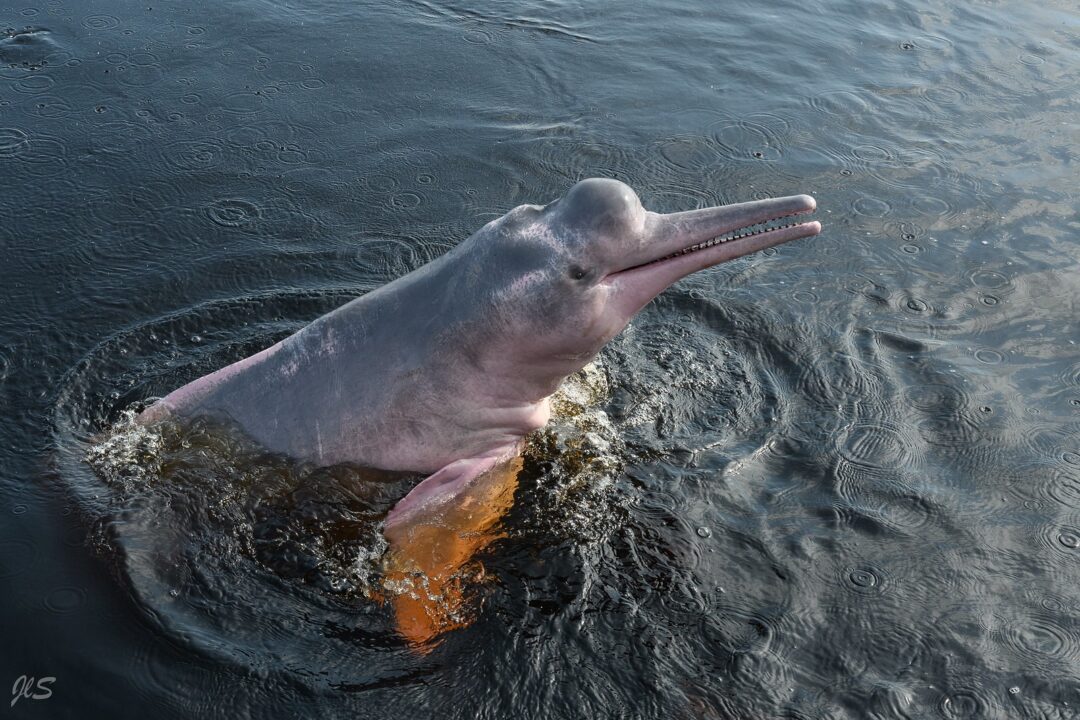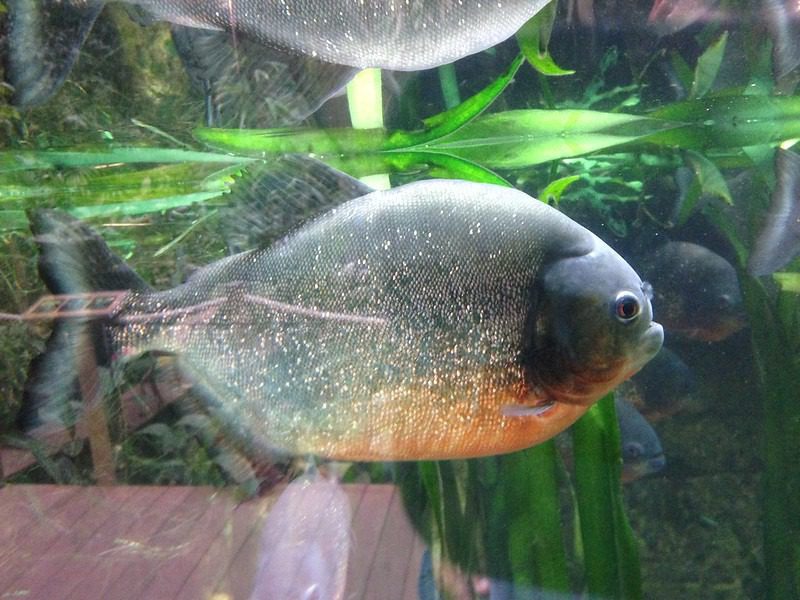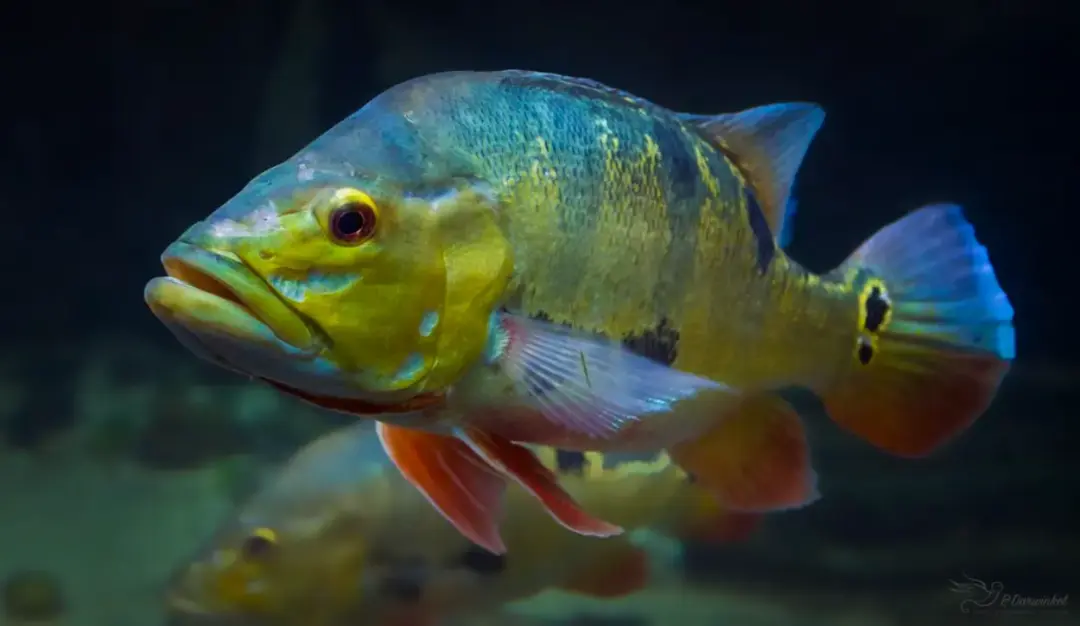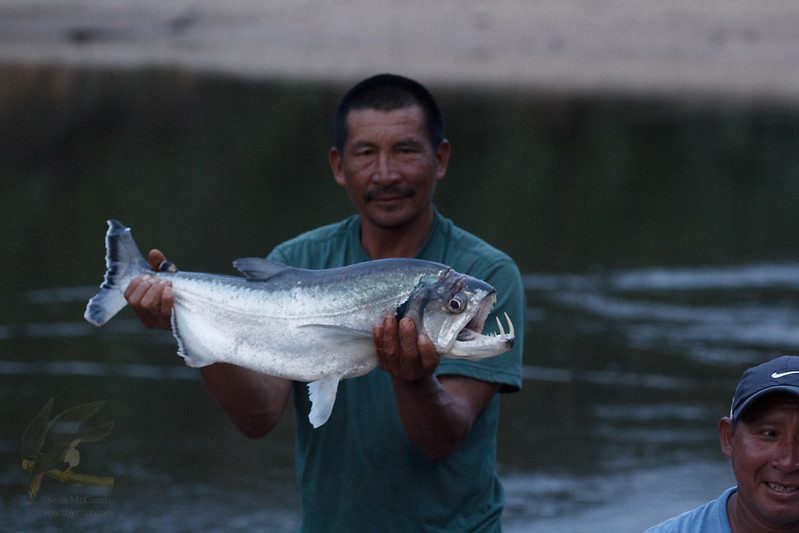Introduction to Stingrays
Stingrays are a group of cartilaginous fish related to sharks, found in both marine and freshwater environments. Known for their flat bodies, long tails, and unique methods of movement, stingrays have intrigued marine biologists and nature enthusiasts alike. This article explores the fascinating world of stingrays, focusing on freshwater and Amazonian species, particularly the giant stingray, yellow spotted stingray, and rainforest stingray.
General Stingray Facts
What is a Stingray?
Stingrays belong to the subclass Elasmobranchii and are closely related to sharks. They are known for their disc-shaped bodies, wing-like pectoral fins, and venomous barbed tails. Most stingrays dwell on the seafloor, where they camouflage themselves in sand.

Key Characteristics:
- Cartilaginous skeleton (no bones)
- Flattened bodies ideal for hiding in the substrate
- Electroreception to locate prey
- Venomous barb for defense
What is Unusual About Stingrays?
One of the most unusual features of stingrays is their ability to sense the electrical fields generated by other animals. This makes them highly efficient hunters even in murky waters. Some species also exhibit remarkable intelligence and memory, comparable to birds and mammals.
Amazon Stingray Facts
Overview of Amazon Stingrays
Amazon stingrays are part of the freshwater stingray family, Potamotrygonidae, and are found in the rivers of South America. These stingrays are adapted to a completely freshwater life, which is rare among their kind.
Habitat and Distribution
- Inhabit Amazon River and its tributaries
- Prefer shallow sandy or muddy bottoms
- Thrive in warm, slow-moving water
Physical Adaptations
- Modified kidneys to handle freshwater
- Ability to tolerate low oxygen environments
- Brightly colored patterns for communication and camouflage
Amazon Stingray Species to Know
- Potamotrygon motoro (commonly known as the ocellate river stingray or yellow spotted stingray)
- Potamotrygon leopoldi (the black diamond stingray)

Freshwater and River Stingrays
Freshwater Stingray Basics
Freshwater stingrays are primarily found in South America. Unlike their saltwater relatives, they have evolved physiological mechanisms to survive in freshwater ecosystems.
Unique Characteristics:
- Cannot survive in saltwater
- Exhibit parental care in some species
- Often display elaborate skin patterns
River Stingrays: Behavior and Ecology
River stingrays spend most of their time on the riverbed, where they hunt for insects, small fish, and crustaceans. They are solitary creatures and highly territorial.
Diet:
- Insects
- Worms
- Crustaceans
- Small fish
Giant Stingray: The River Titan
What is a Giant Stingray?
The giant freshwater stingray (Urogymnus polylepis) is one of the largest freshwater fish in the world. Found in Southeast Asia, particularly in the Mekong and Chao Phraya Rivers, it represents the apex of stingray size and strength.
Giant Stingray Size and Features
- Can reach up to 16.5 feet (5 meters) in length
- Weigh over 1,300 pounds (600 kg)
- Possess long whip-like tails with venomous spines
Interesting Giant Stingray Facts
- May bury themselves in riverbeds for camouflage
- Can cause injuries with their powerful tails
- Capable of sensing prey beneath the sand
Conservation Status
Giant stingrays are critically endangered, facing threats from:
- Habitat destruction
- Pollution
- Overfishing
Yellow Spotted Stingray
Description and Identification
The yellow spotted stingray (Potamotrygon motoro) is one of the most recognized species in the Amazon due to its vivid coloration.
Appearance:
- Round disc-shaped body
- Brownish base color with yellow-orange rings or spots
- Venomous tail barb used for defense
Habitat and Range
- Found in Amazon, Orinoco, and Paraná river basins
- Prefers shallow, sandy bottoms
Behavior and Diet
- Nocturnal
- Feeds on worms, crustaceans, and small fishes
- Uses electroreceptors for hunting
In Captivity
This species is popular in the aquarium trade but requires:
- Large tanks
- Warm, soft water
- Expert care due to their size and dietary needs
Stingray Size Variations
How Big Can Stingrays Get?
Stingrays vary greatly in size depending on the species. While some freshwater stingrays grow to only 1-2 feet in diameter, others like the giant stingray can become massive.
Comparative Size Chart:
- Yellow spotted stingray: up to 18 inches across
- Common river stingray: up to 24 inches
- Giant stingray: up to 16.5 feet long
Growth Factors
- Diet: Access to protein-rich food
- Habitat space: Room to move and hunt
- Water quality: Clean, oxygen-rich water promotes growth

Stingray Qello: Clarifying the Term
What is Stingray Qello?
Although not a species or biological term, Stingray Qello is often mistakenly searched in relation to actual stingrays. In this context, we clarify that it is unrelated to the aquatic creature and does not belong in the discussion of stingray biology or ecology.
Rainforest Stingrays: Living in the Lush Tropics
Definition
Rainforest stingrays are freshwater stingrays inhabiting South America’s tropical rainforests. These environments provide the perfect mix of humidity, shade, and nutrient-rich water.
Environmental Adaptations
- Thrive in dark, tannin-stained waters
- Use cryptic coloration to blend with leaf litter
- Navigate using electroreceptors in low-visibility conditions
Coexistence with Other Species
- Share rivers with piranhas, cichlids, and catfish
- Compete for similar food sources
- Use stealth rather than speed to capture prey
Interesting and Current Stingray Facts
Fascinating Behaviors
- Stingrays “fly” through water by undulating their bodies
- Can leap out of water when threatened
- Some species exhibit social behavior during feeding times
Current Developments
- Researchers are studying stingray electroreception for biomimetic robotics
- Conservation efforts focus on habitat protection and catch-and-release tagging programs
Fun Fact:
Stingrays have ampullae of Lorenzini, tiny gel-filled pores that detect electric fields—a trait they share with sharks.
Summary: Why Stingrays Matter
Stingrays are not just majestic river dwellers but key components of their ecosystems. They control populations of smaller aquatic creatures, influence sediment distribution, and offer unique insights into evolutionary adaptation. From the elusive giant stingray to the colorful yellow spotted stingray, these creatures are a testament to nature’s diversity and resilience.
Final Thoughts
Understanding stingrays, particularly those in the Amazon and other freshwater environments, enhances our appreciation for aquatic biodiversity. As threats from pollution and habitat loss grow, it becomes crucial to study and protect these gentle giants and their kin.
Whether you’re fascinated by their biology, intrigued by their behavior, or concerned about their conservation, stingrays offer a compelling story of survival and adaptation beneath the river’s surface.











